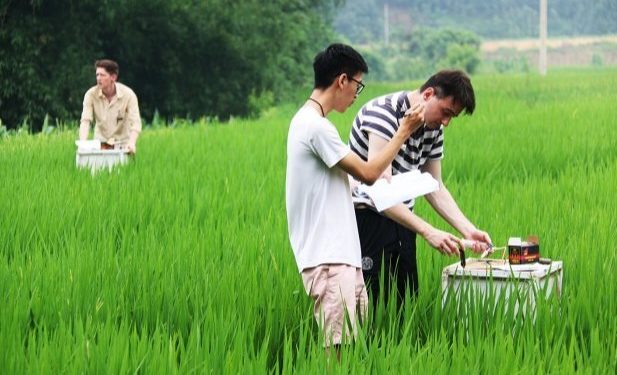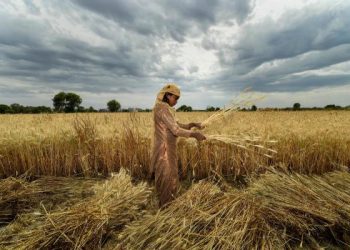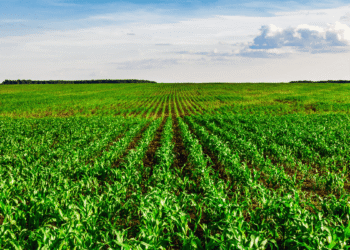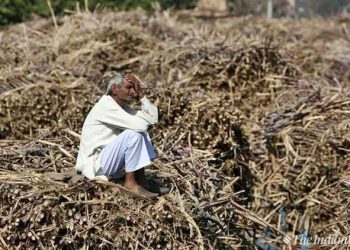Climate smart agriculture (CSA), also known as “Climate Resilient Agriculture” is an integrated approach to landscape management that aims to help agricultural methods, livestock, and crops adapt to the effects of climate change and, where possible, minimize them by lowering greenhouse gas emissions, while also taking into account the world’s growing population to ensure food security. In this article, we will be discussing climate-smart agriculture and how it is reorienting agricultural development.
The demand for food is being driven up by a growing global population and changing lifestyles. Crop yields are leveling off in many parts of the globe, ocean quality is deteriorating, and natural resources, such as soils, water, and biodiversity, are becoming critically depleted. According to research released in 2020, almost 690 million people, or 8.9% of the global population, are hungry, an increase of about 60 million in only five years.
By 2050, the globe would need to produce roughly 70% more food to feed a projected 9 billion people, making the food security issue even more challenging.
Agriculture’s acute sensitivity to climate change adds to the problem of Increased temperatures, weather instability, changing agroecosystem boundaries, invasive crops, pests, and more frequent extreme weather events are all examples of climate change’s detrimental effects. Climate change is diminishing agricultural yields, lowering animal output, and weakening the nutritional content of main grains on farms. To sustain existing yields and enhance output and food quality to satisfy demand, significant investments in adaptation will be necessary. Also, food loss and waste must be addressed in order to accomplish climate objectives and minimize environmental stress.
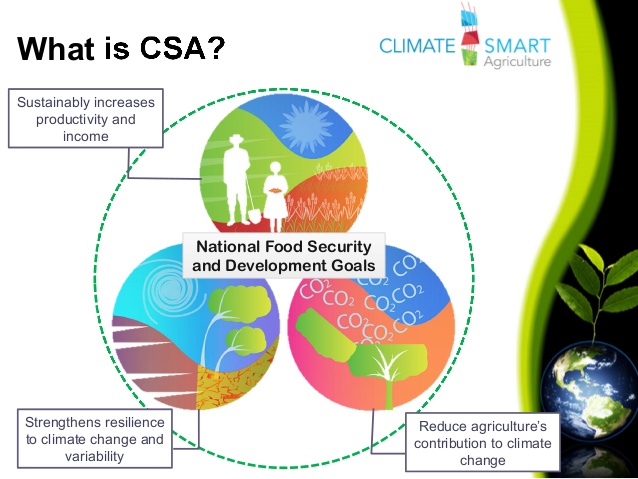
The Three Pillars Of CSA
Climate-smart agriculture (CSA) is an integrated method to manage landscapes, including crops, livestock, forests, and fisheries, that tackles the interconnected concerns of food security and climate change. CSA aspires to achieve three objectives at the same time:
1. Productivity: Produce more and better food to enhance nutrition security and earnings, particularly for the 75 percent of the world’s poor who live in rural regions and rely heavily on agriculture.
2. Enhanced resilience: Reduce sensitivity to drought, pests, diseases, and other climate-related risks and shocks, as well as boost capacity to adapt and flourish in the face of longer-term pressures like as shorter seasons and irregular weather patterns.
3. Mitigation: CSA should work to decrease and/or eliminate greenhouse gas (GHG) emissions wherever and whenever possible. This means that for every calorie or kg of food, fiber, or fuel produced, we reduce emissions. We must avoid deforestation as a result of agriculture. And that we manage soils and trees in such a manner that their ability to function as carbon sinks and absorb CO2 from the atmosphere is maximized.
CSA is unique in various aspects, despite the fact that it is based on existing sustainable agricultural knowledge, methods, and principles. For starters, it places a strong emphasis on mitigating climate change. Second, CSA takes into account the synergies and trade-offs that occur between productivity, adaptation, and mitigation in a systematic manner. Finally, CSA wants to seize new financial possibilities in order to address the investment gap.
Main characteristics of CSA:
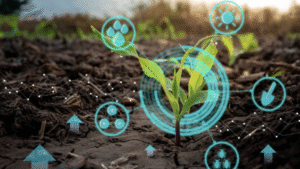
1. CSA addresses climate change: CSA, in contrast to conventional agricultural development, incorporates climate change into the design and development of sustainable agricultural systems in a methodical manner.
2. CSA integrates multiple goals and manages trade-offs: In an ideal world, CSA would result in a triple win: improved output, increased resilience, and lower emissions. However, achieving all three is not always achievable. When it comes to CSA implementation, trade-offs are frequently necessary. This necessitates the identification of synergies as well as a cost-benefit analysis of various solutions based on stakeholder objectives determined through participatory methodologies.
Climate-smart agriculture is now being scaled up by the World Bank Group (WBG). The World Bank is committed to collaborating with countries to produce climate-smart agriculture that achieves the triple win of higher production, greater resilience, and lower emissions in its first Climate Change Action Plan (2016-2020), as well as the next update spanning 2021-2025. Climate adaptation and mitigation will get 52 percent of World Bank finance in agriculture by 2020.
Also, Checkout: Solar-Powered Irrigation Systems: An Asset For The Future

